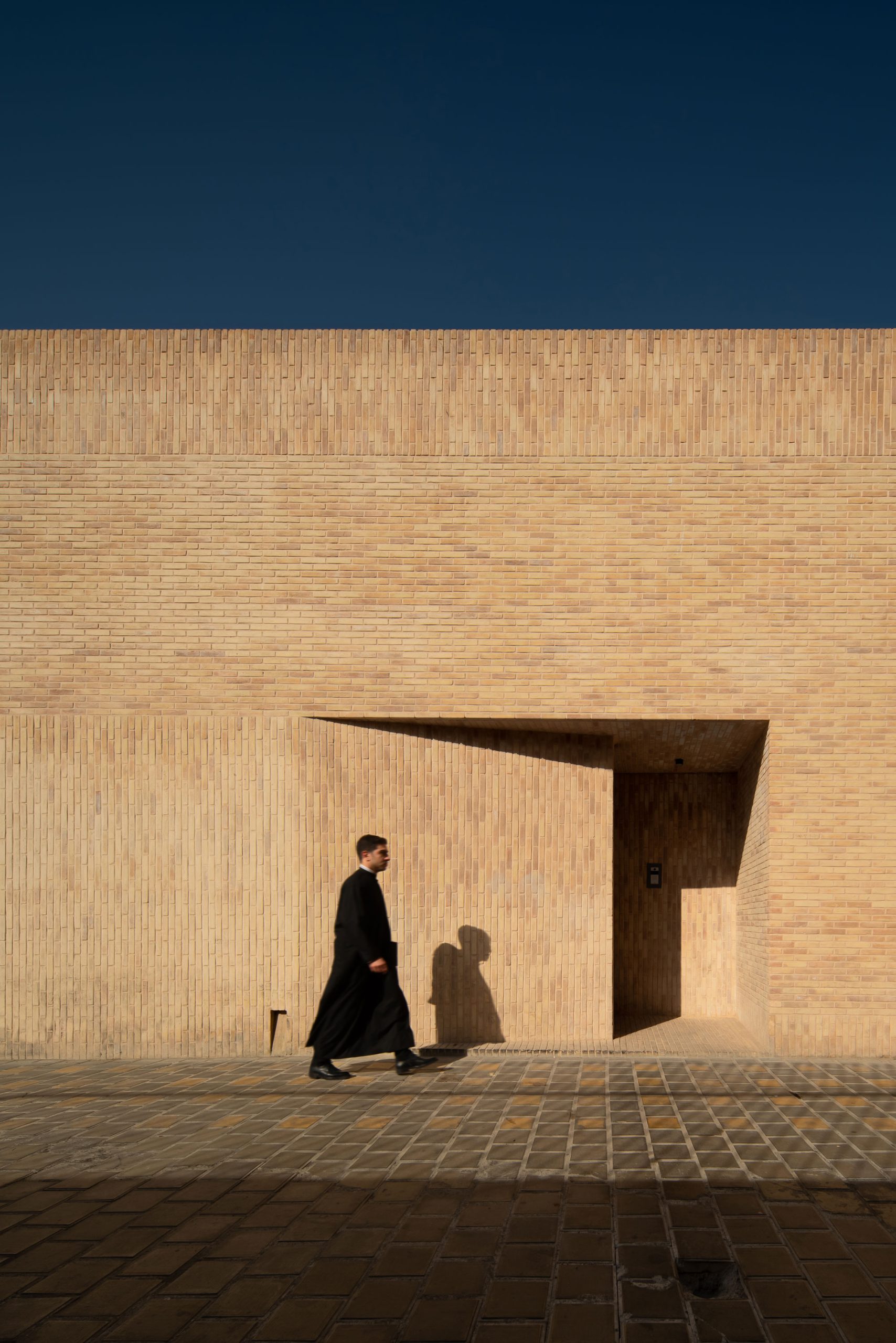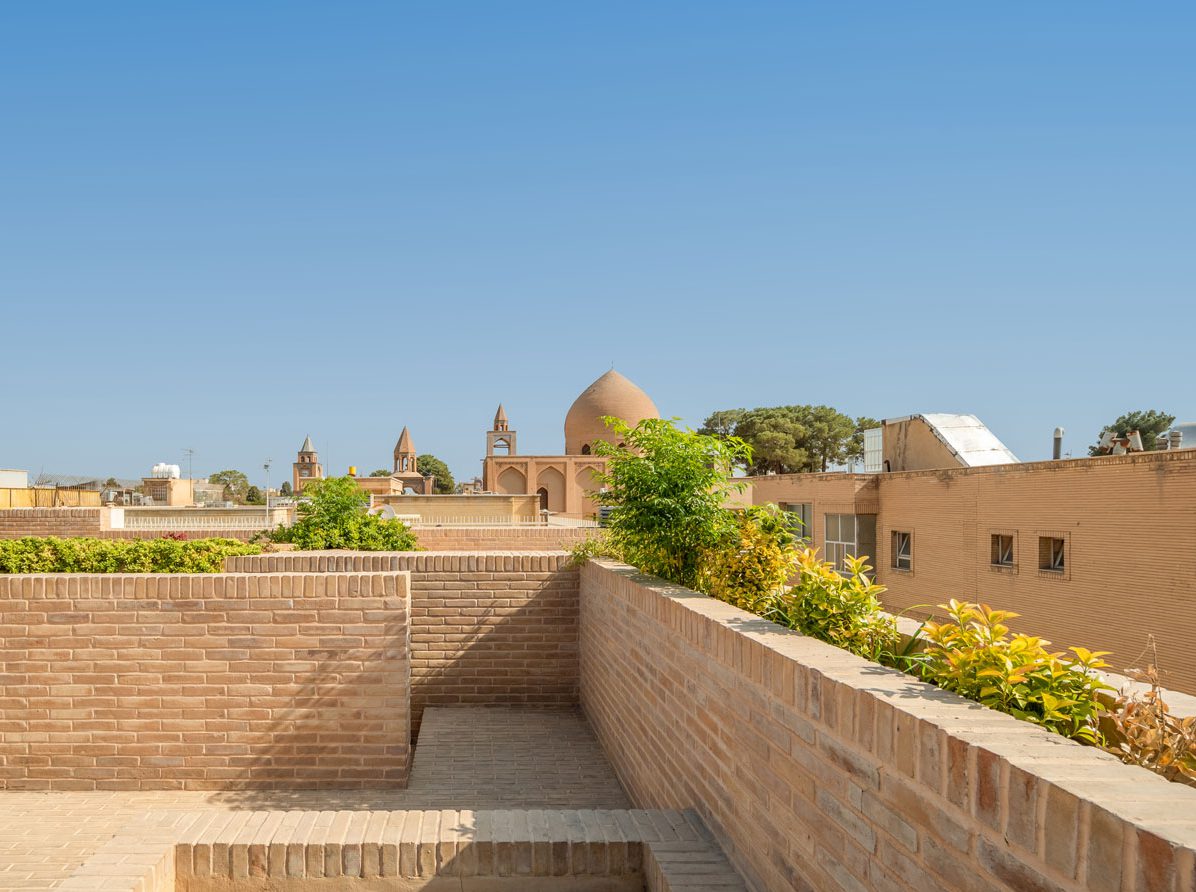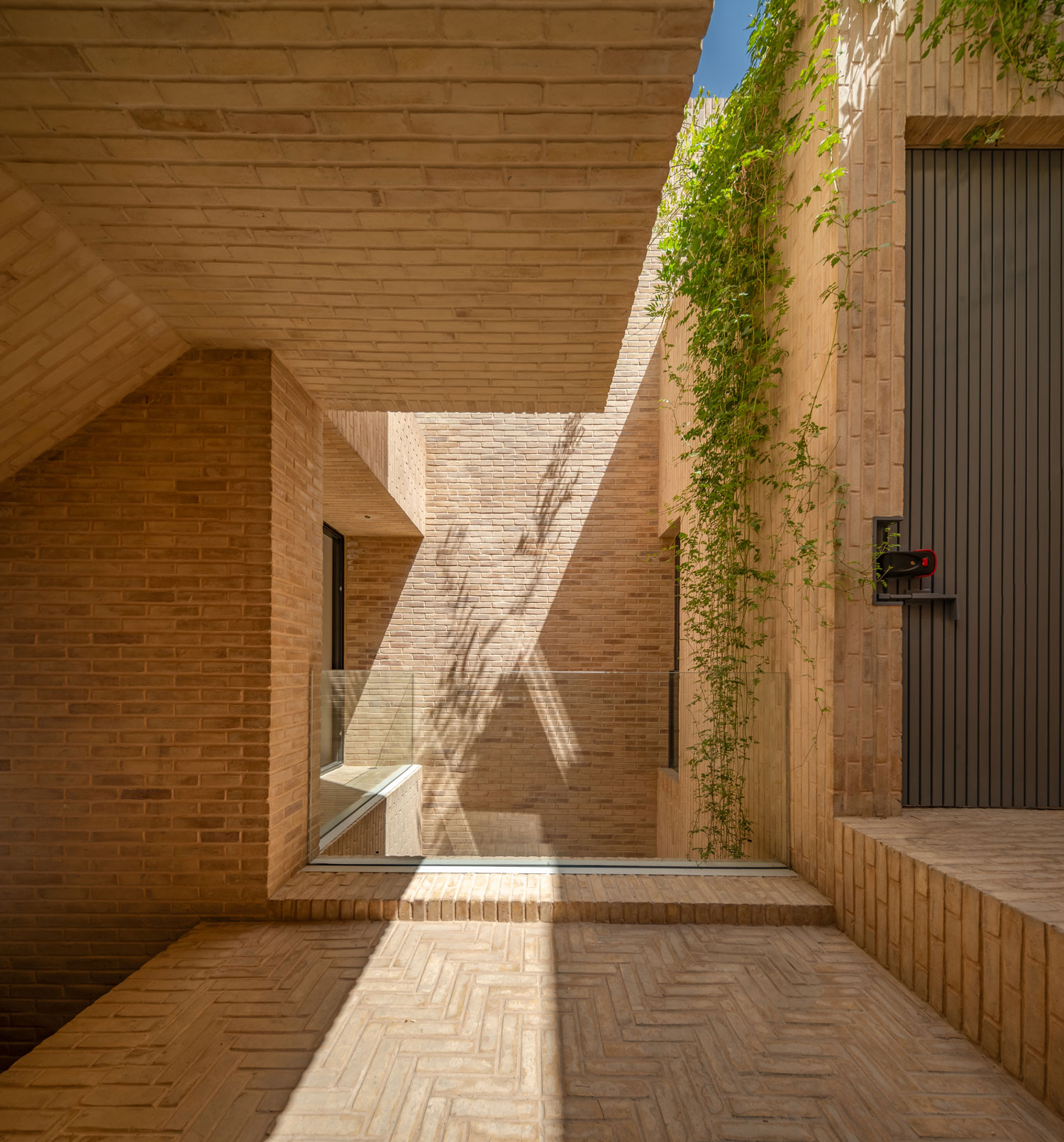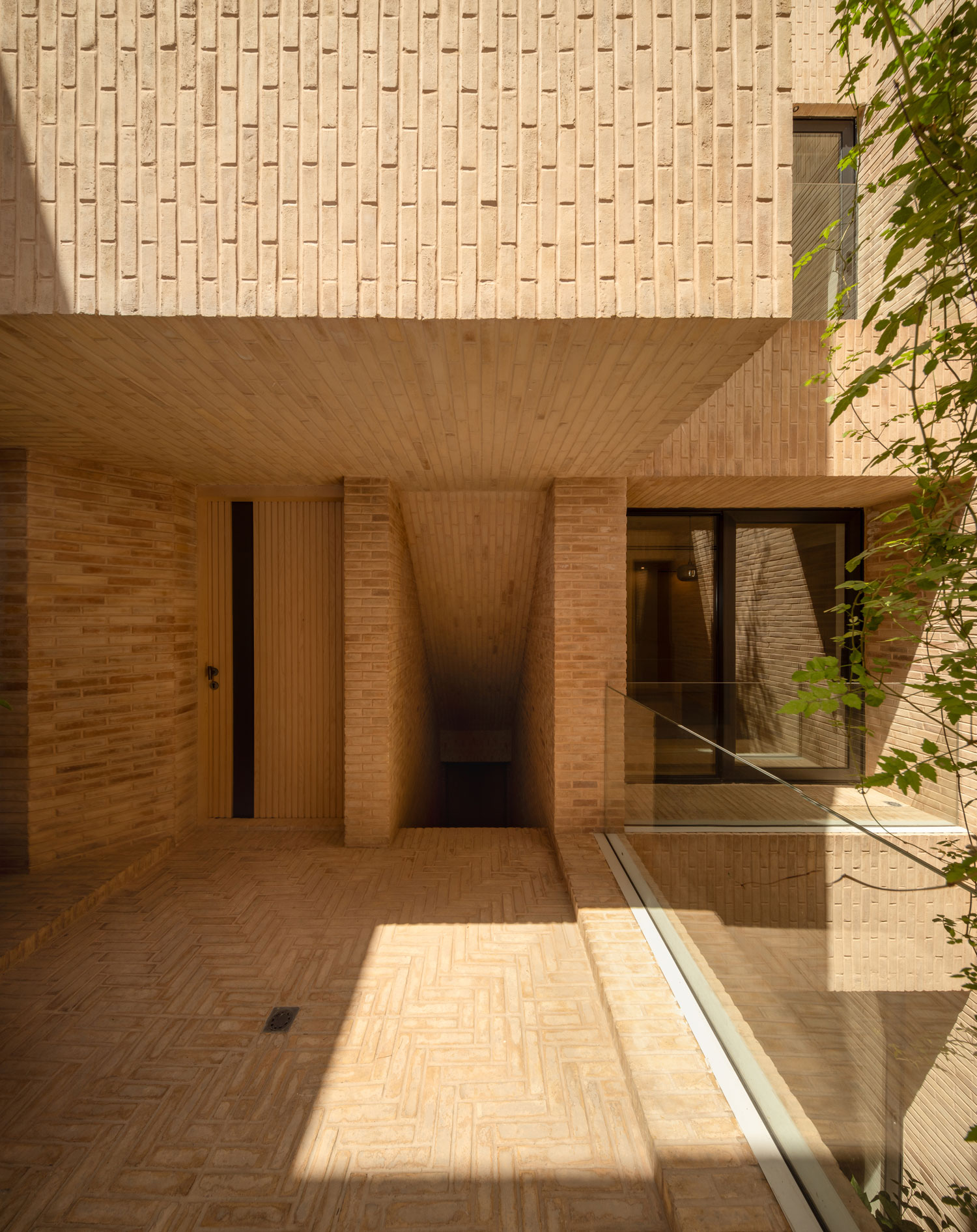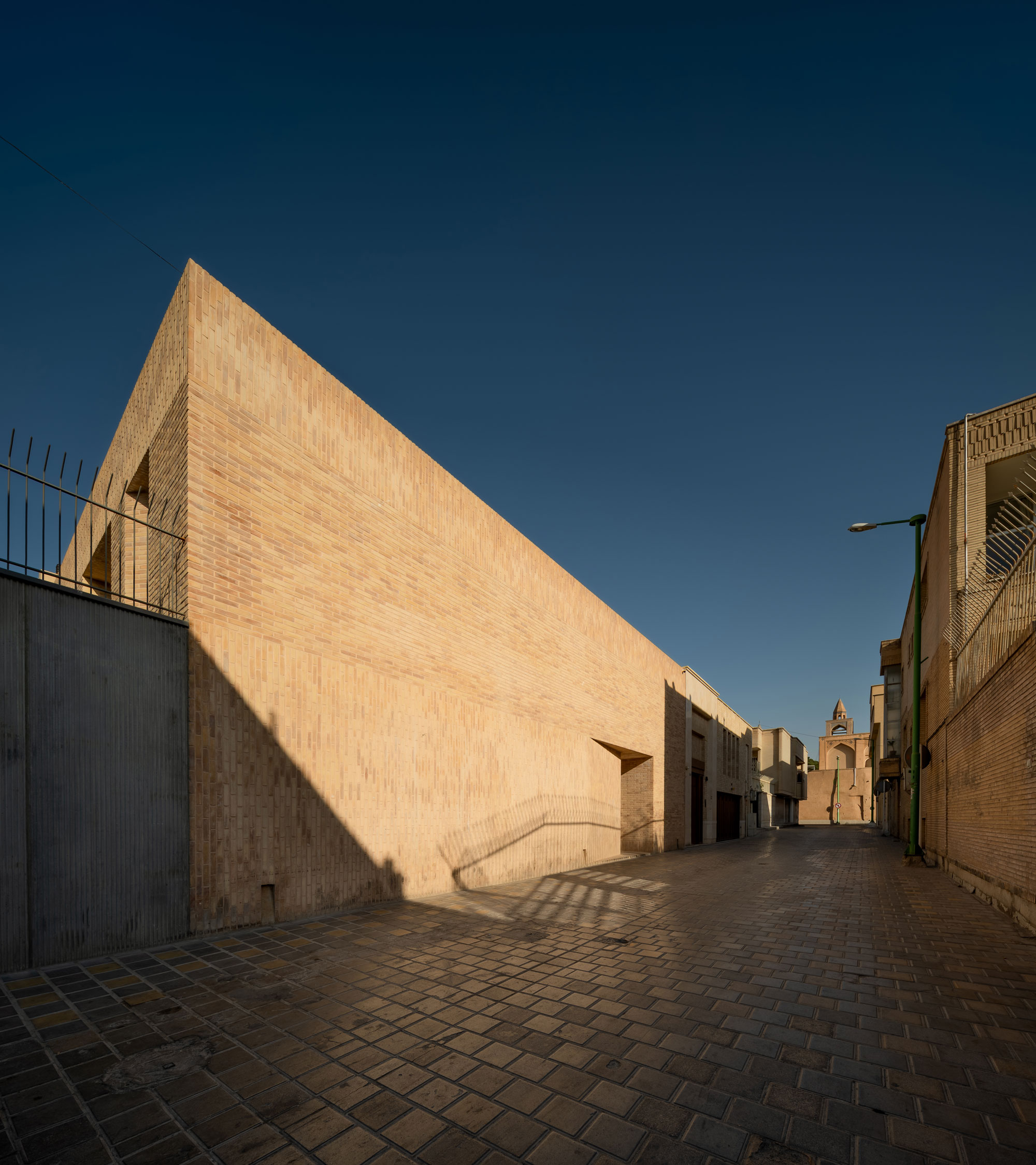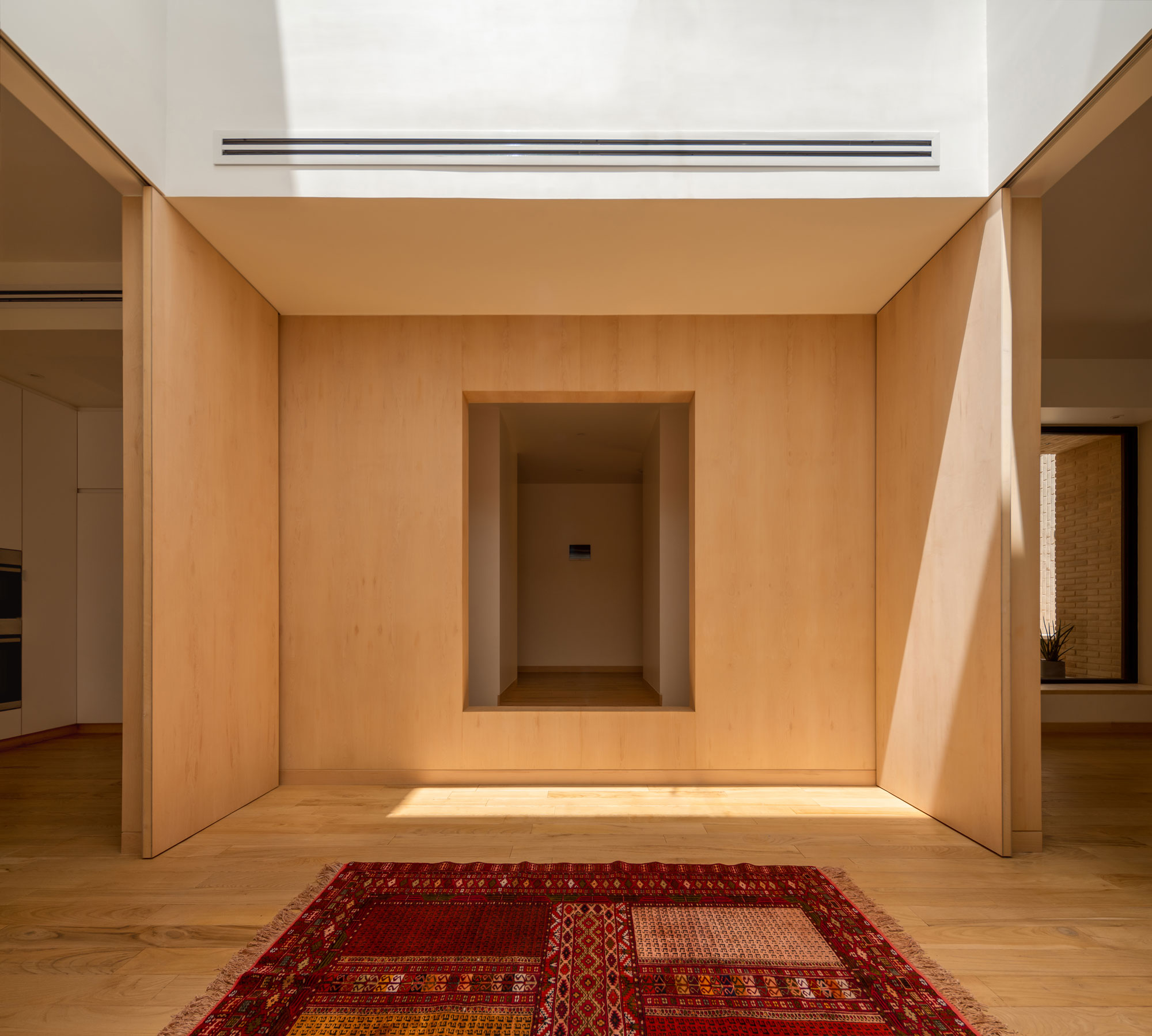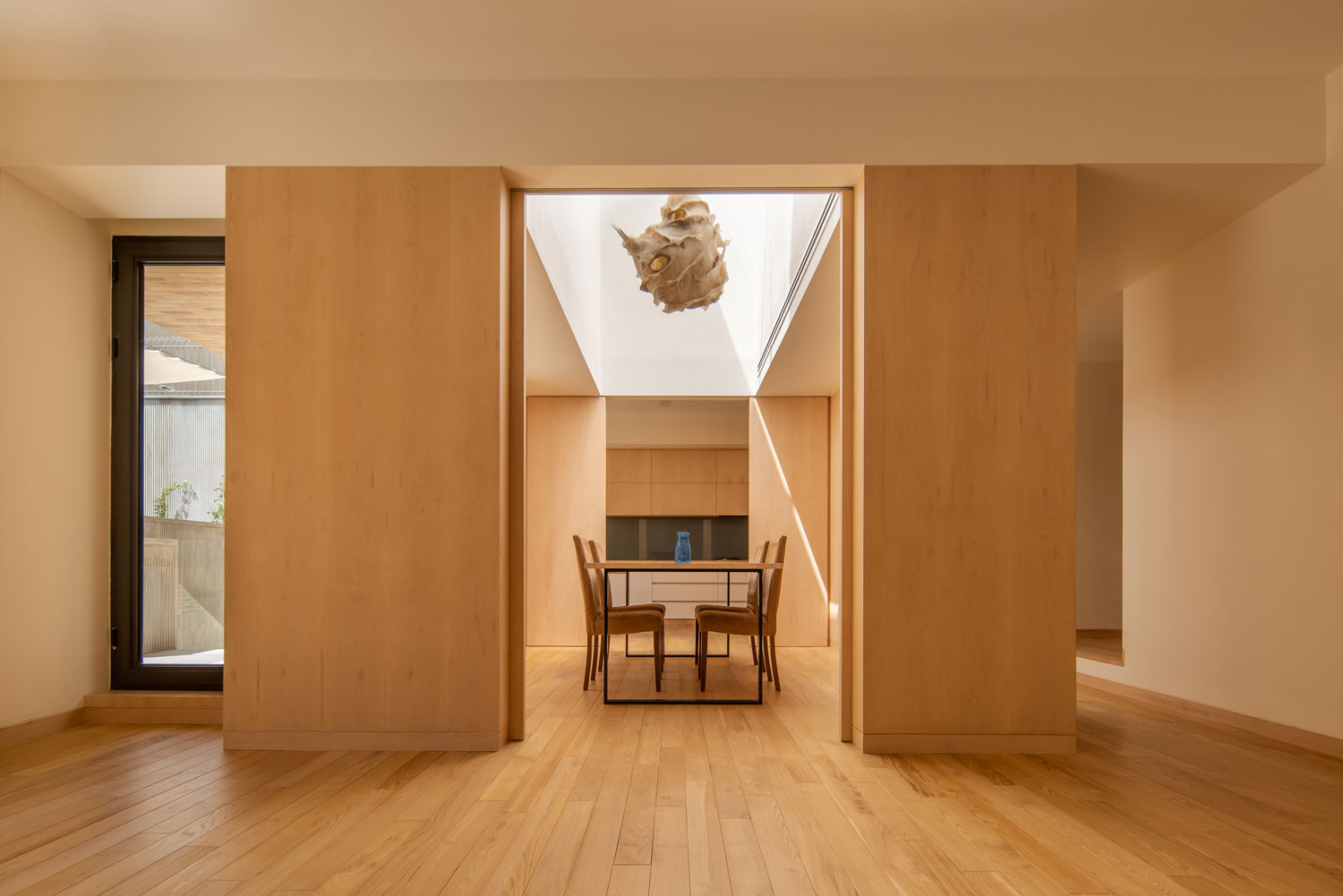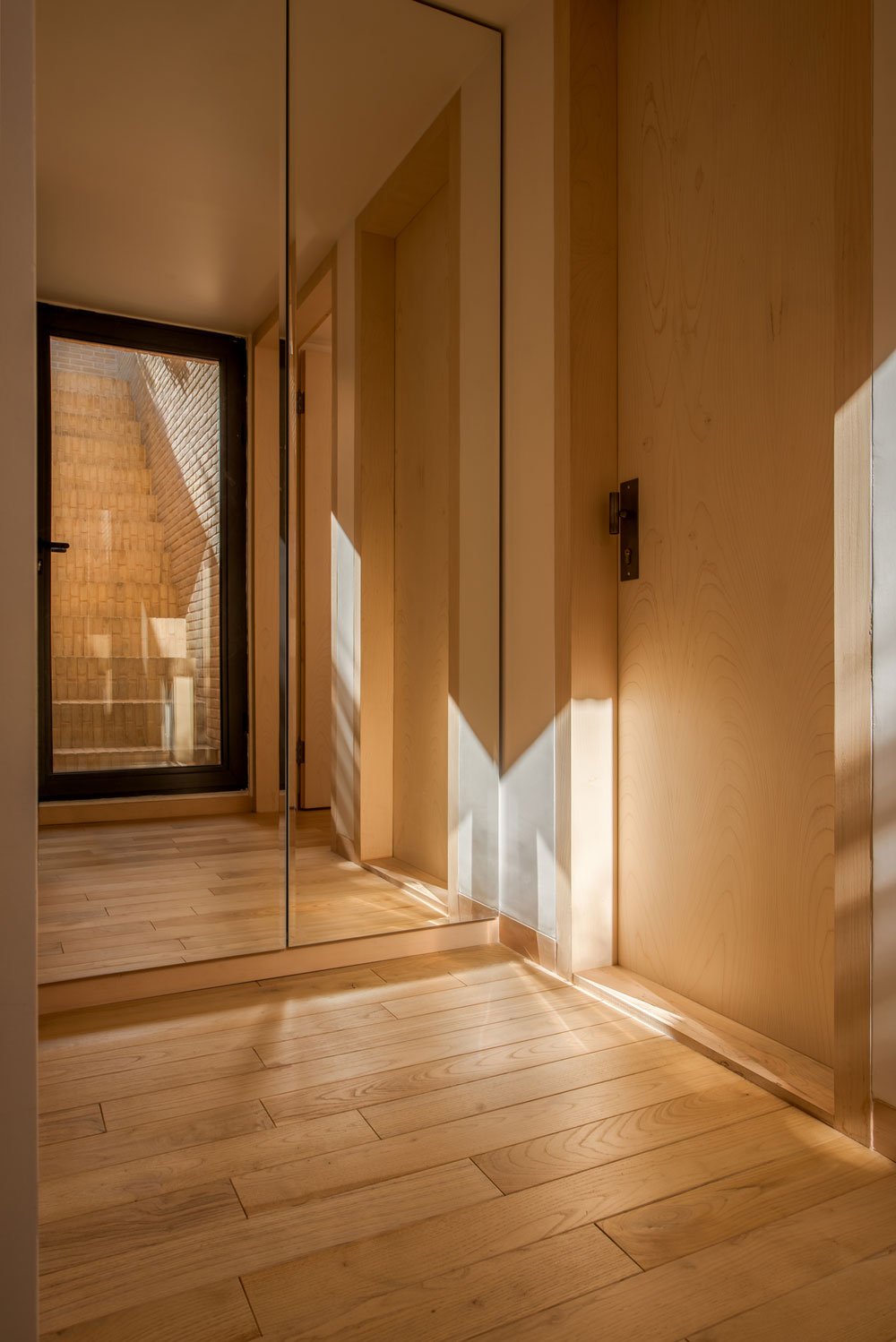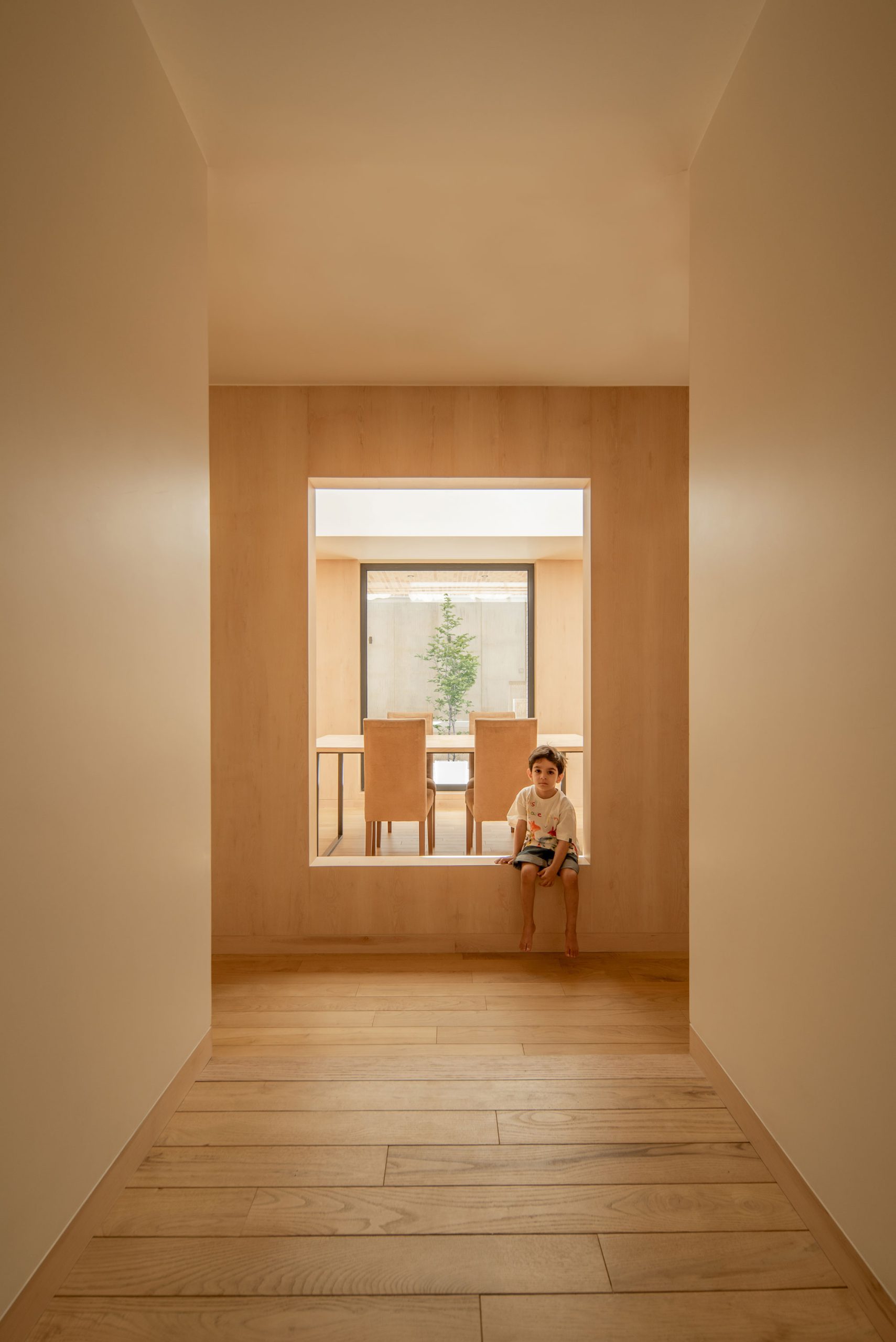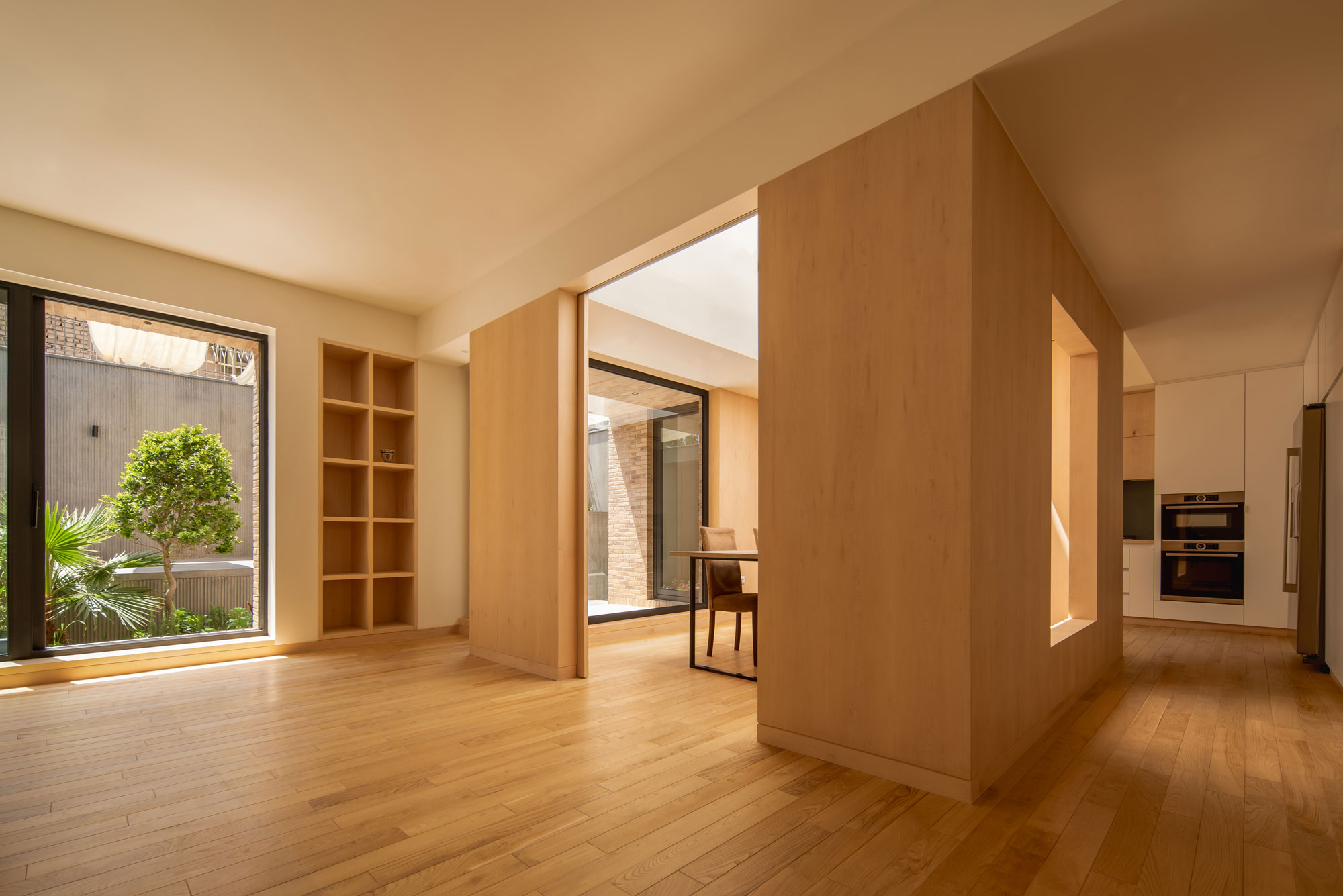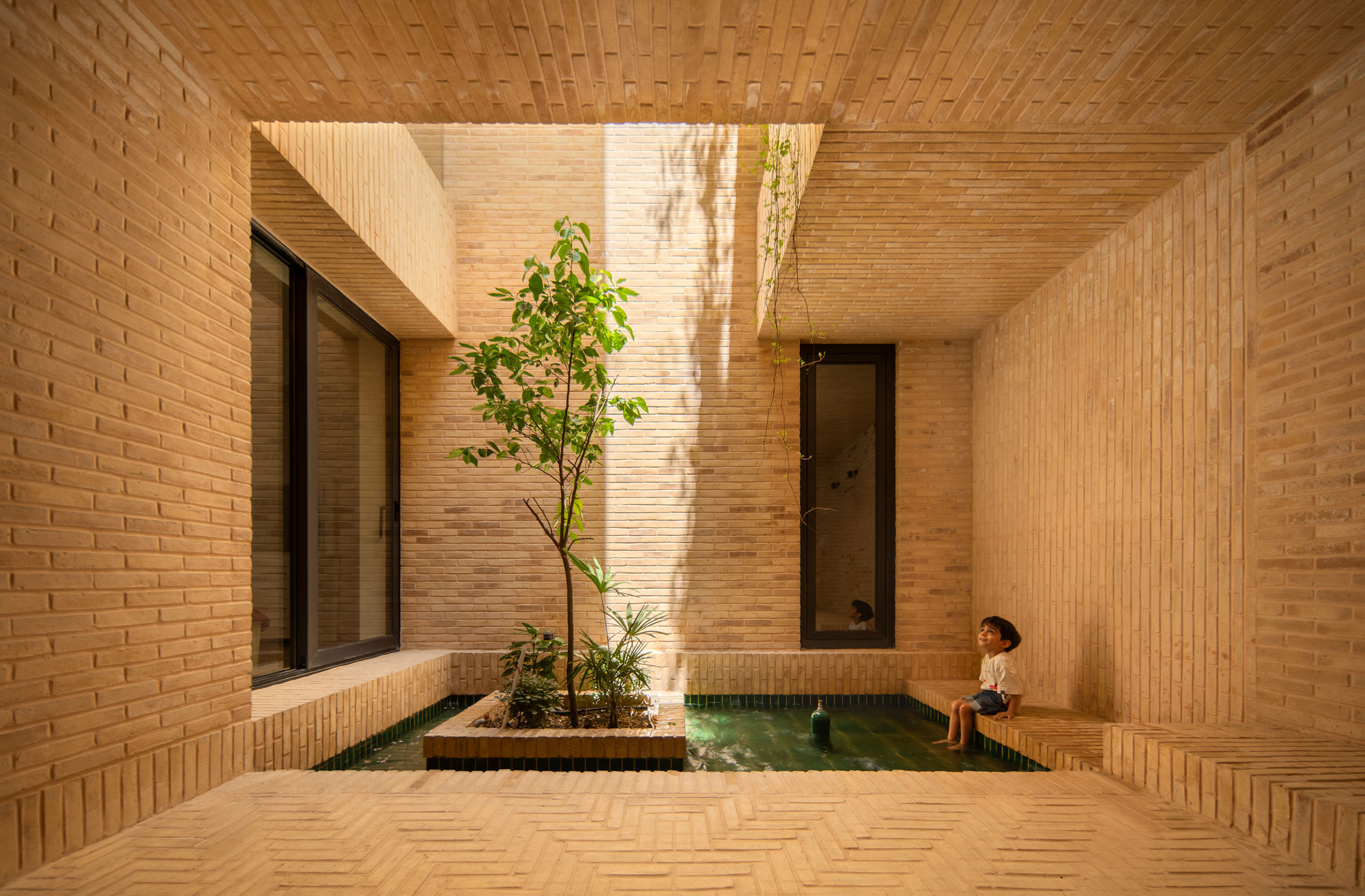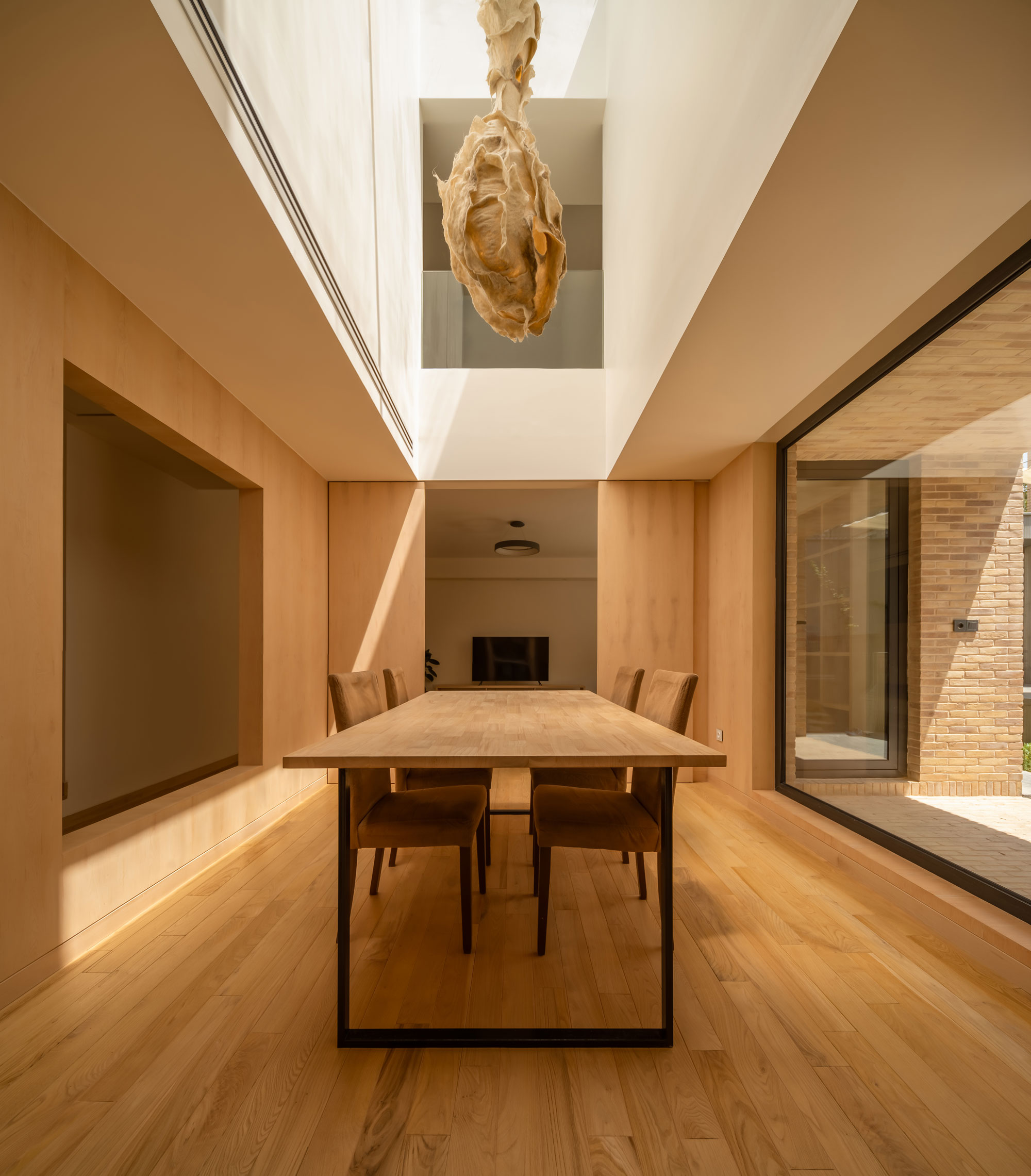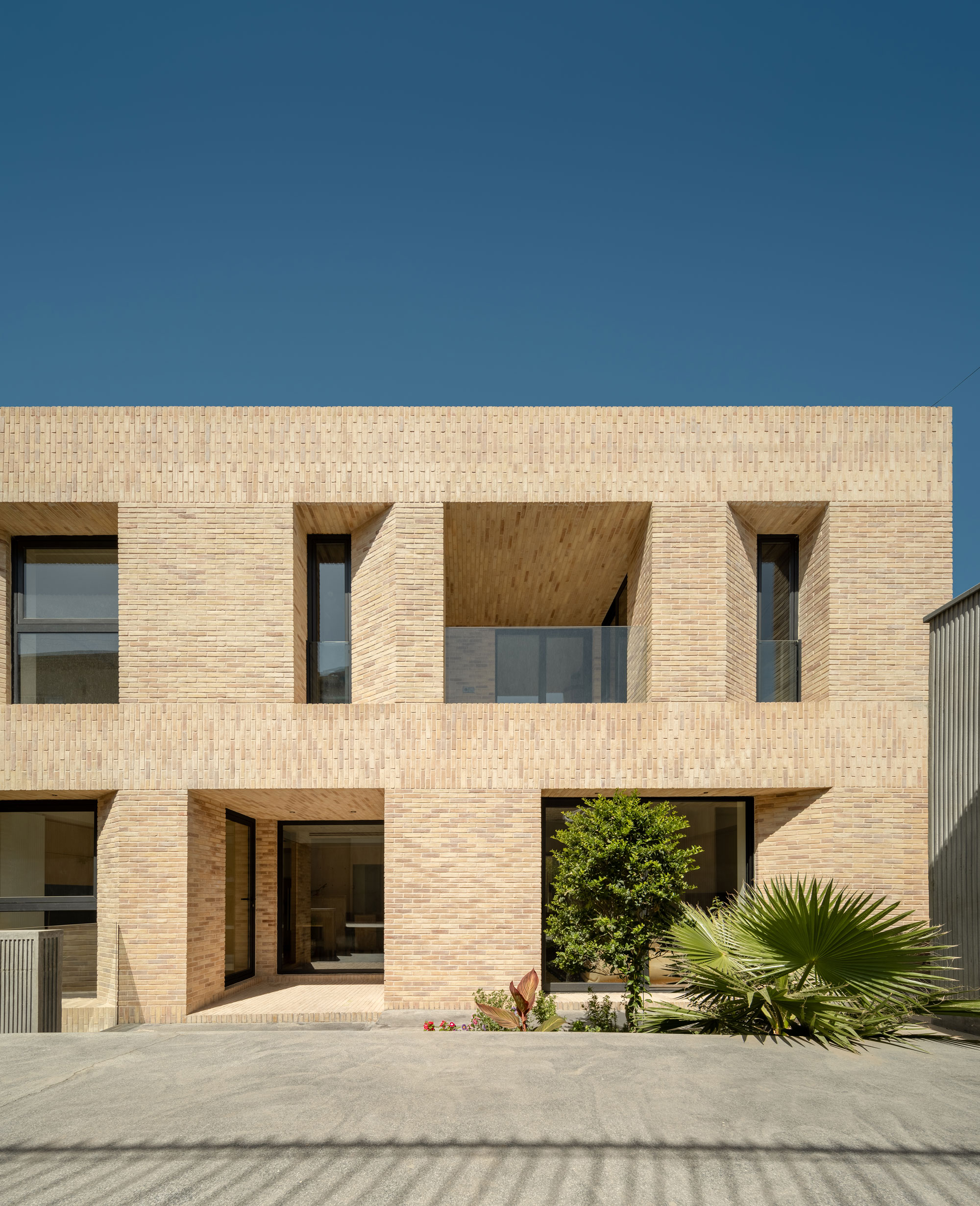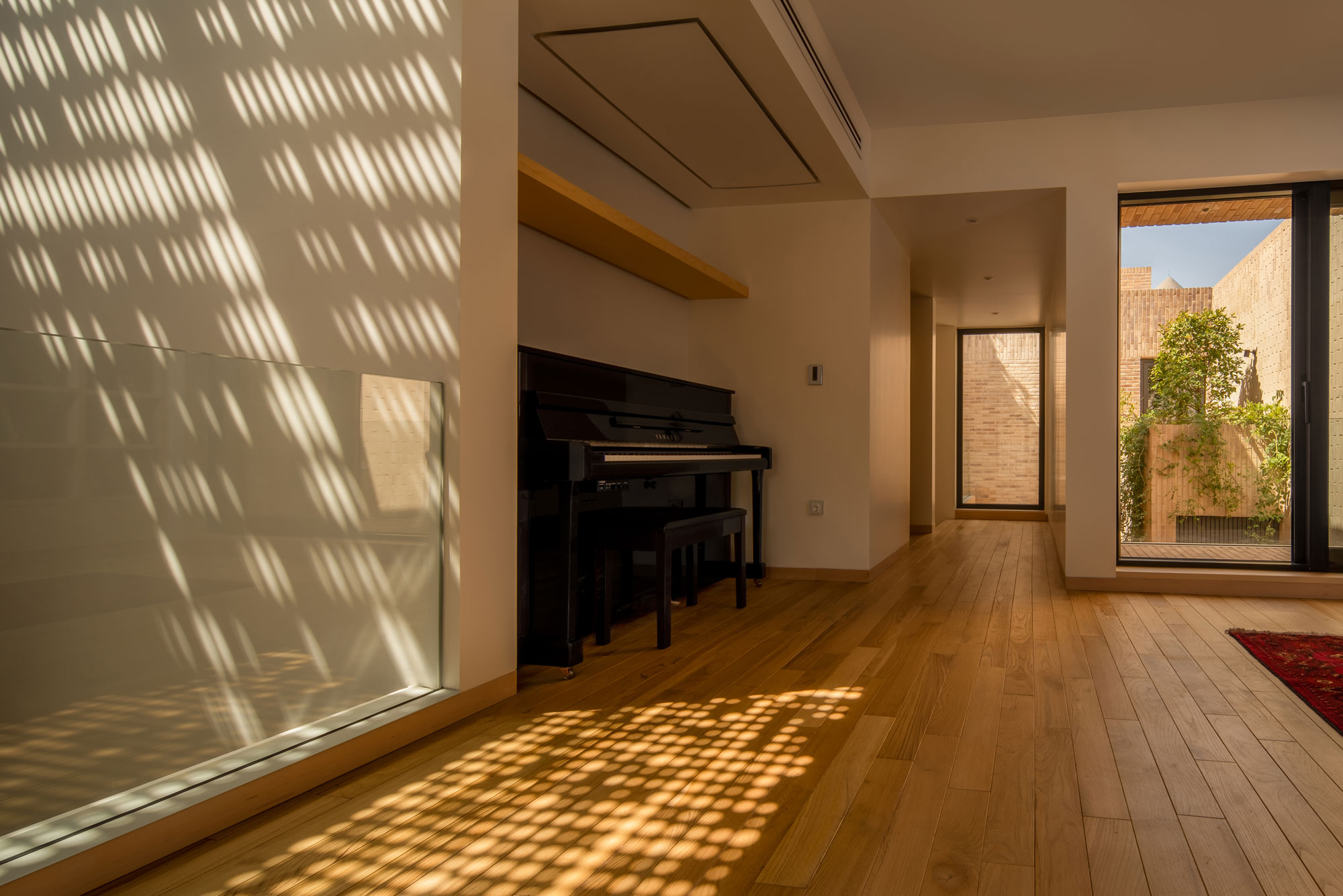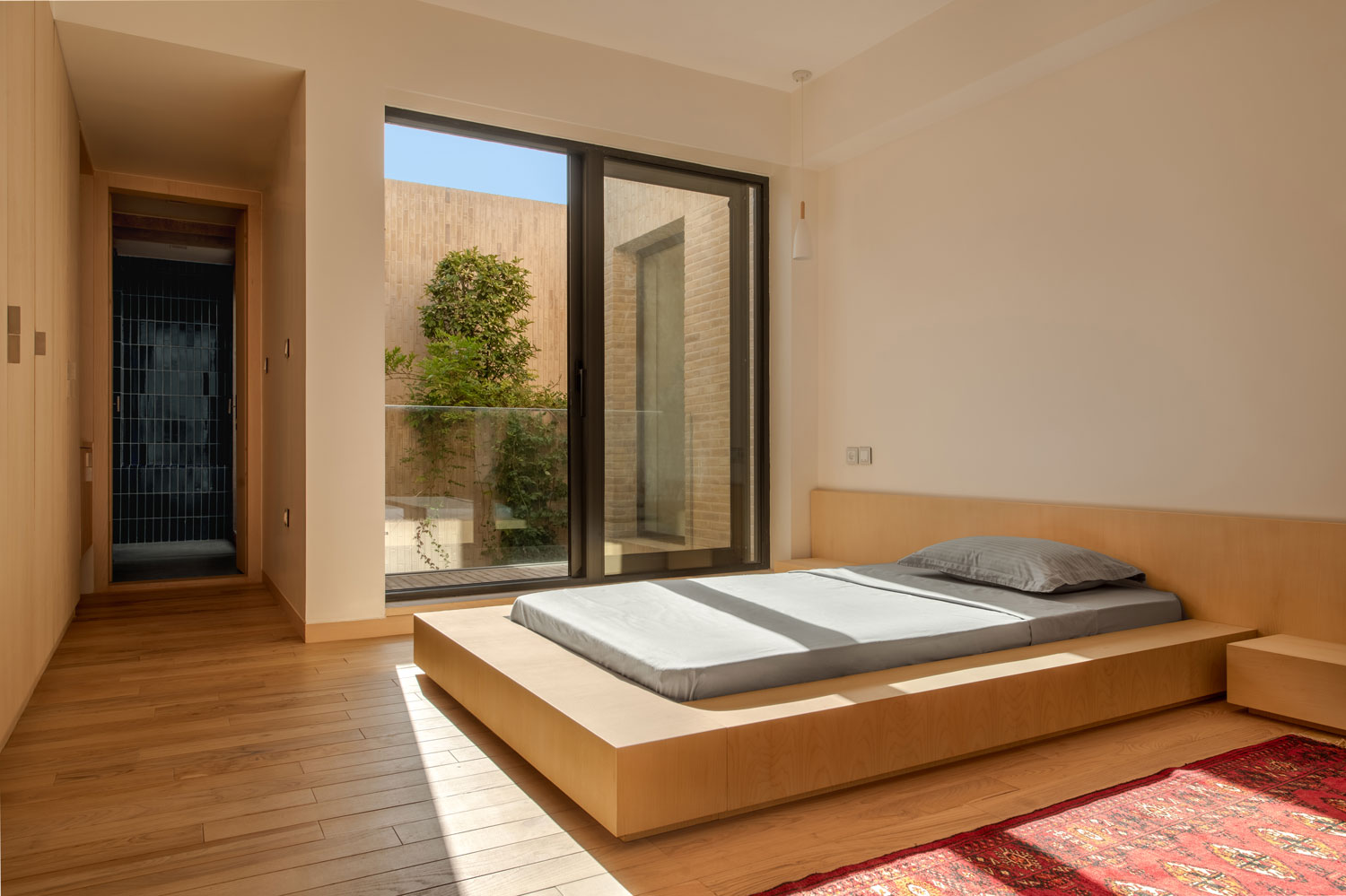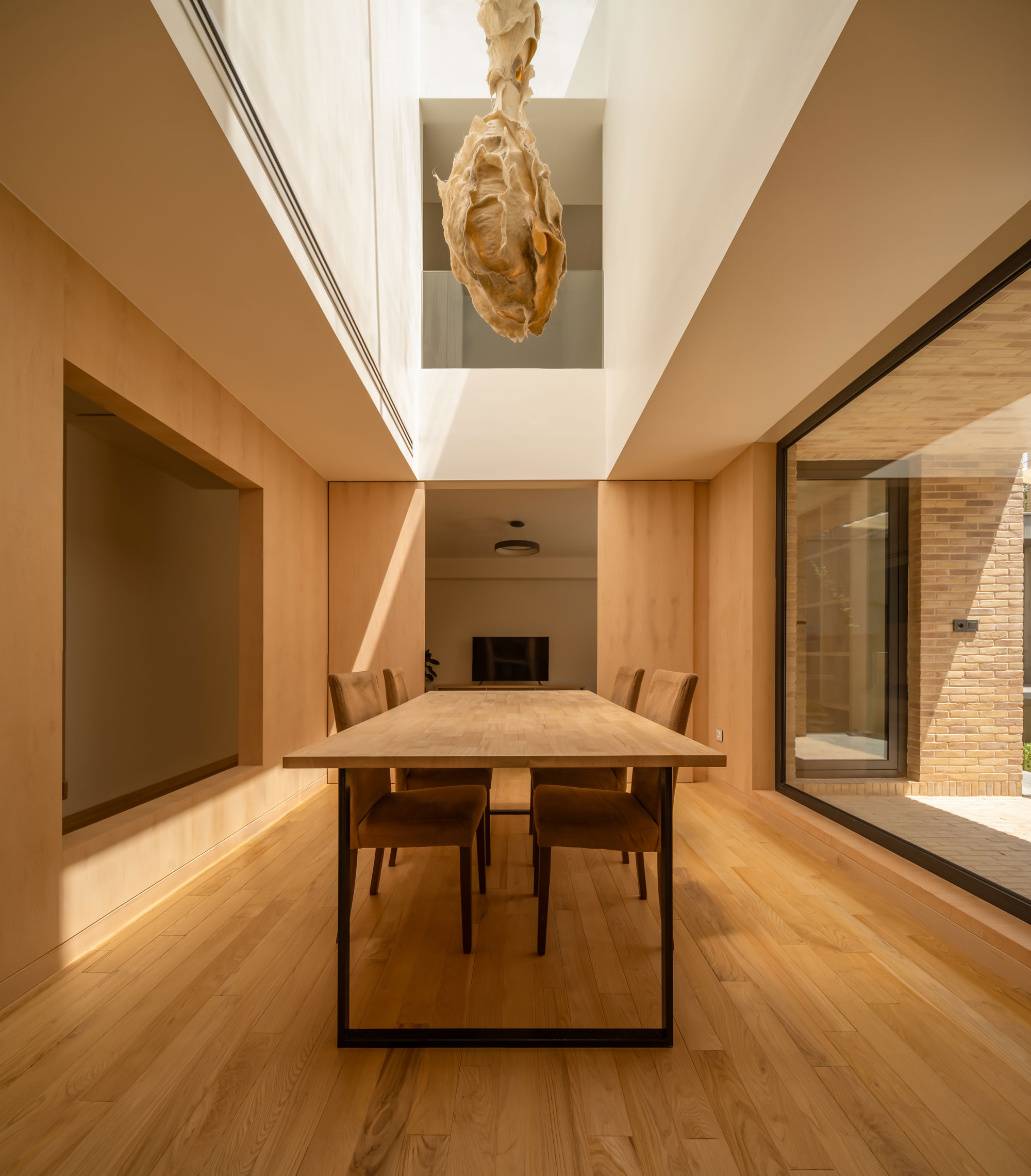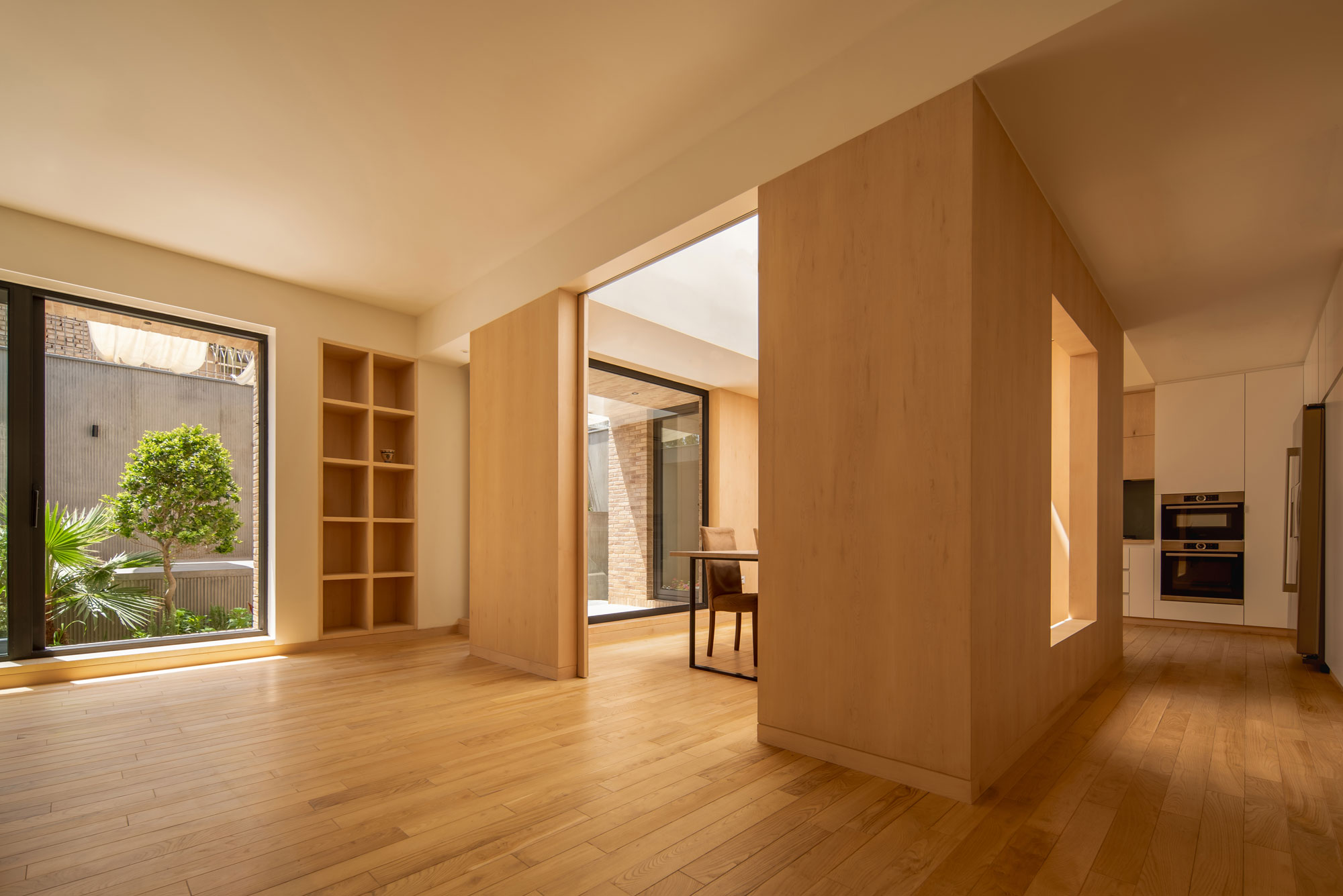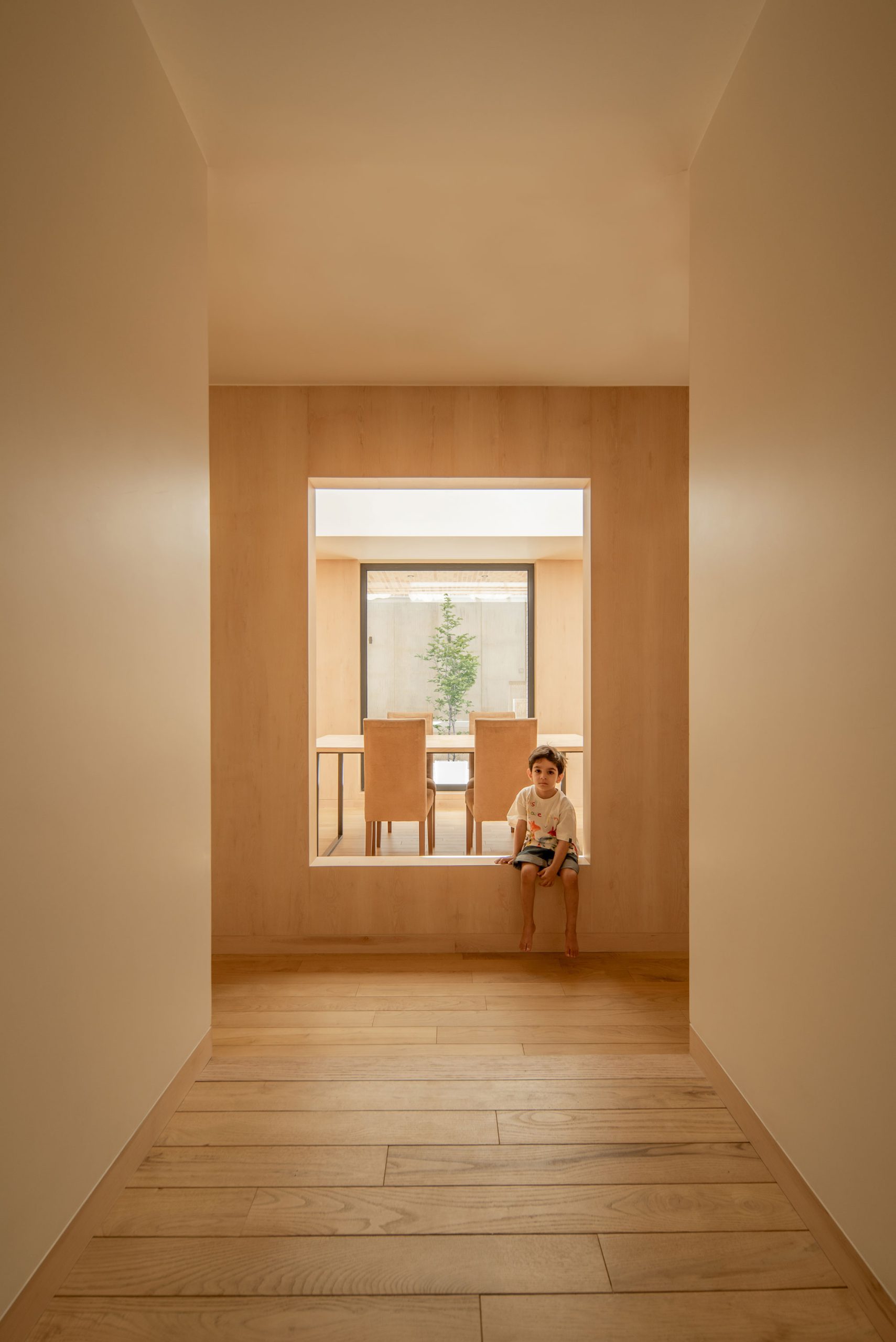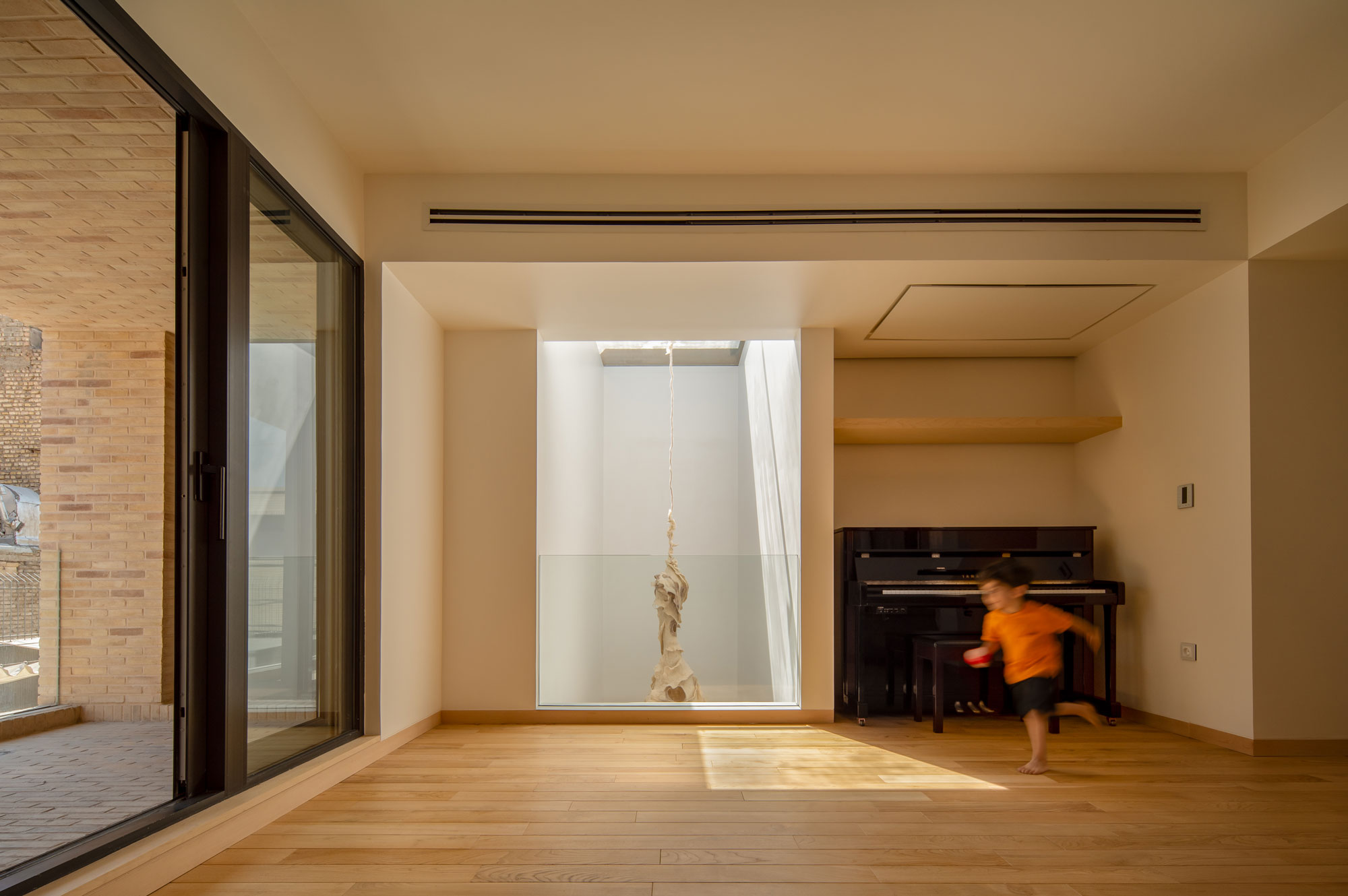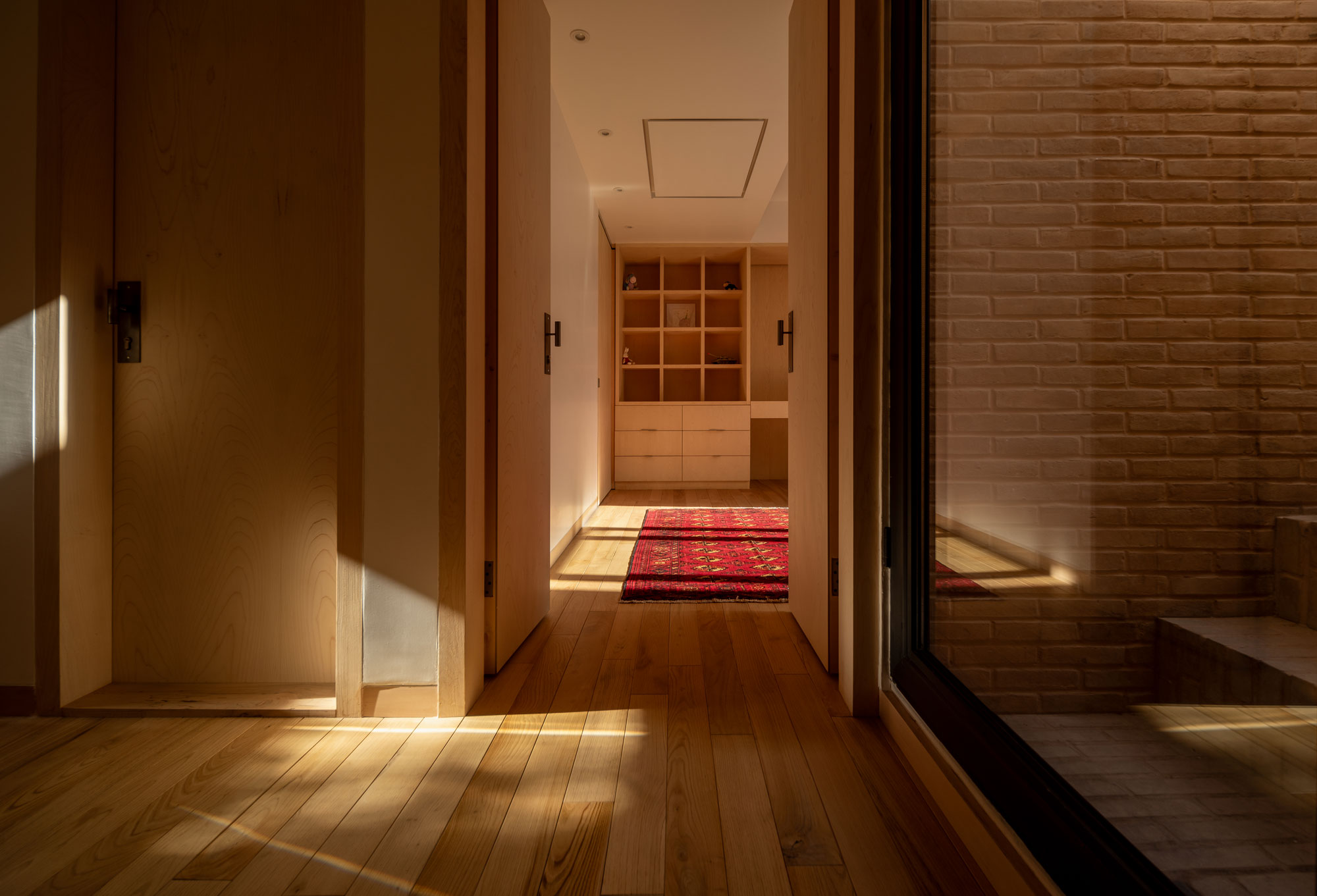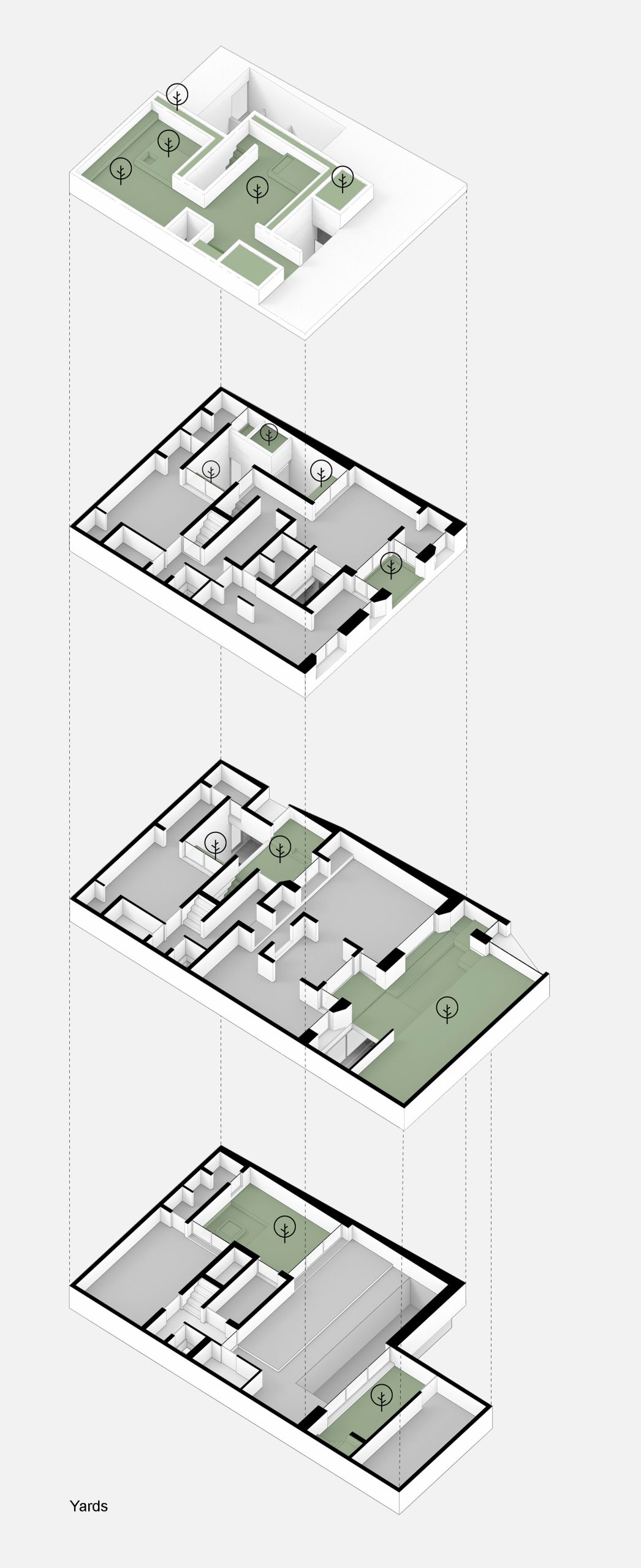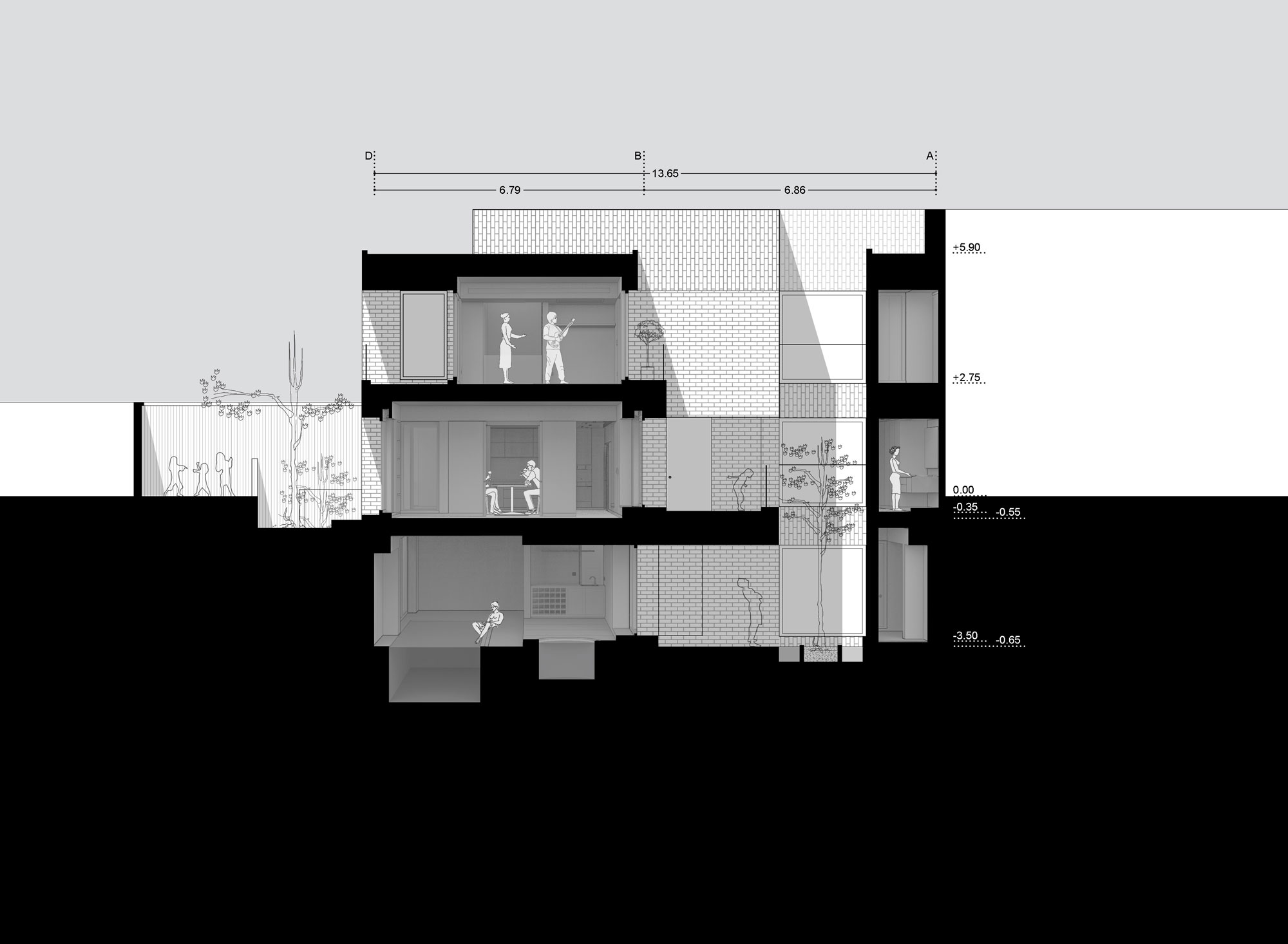House No. 10 is located in “Jolfa Neighborhood” in the immediate vicinity of Vank Church, a place that was designated 400 years ago by the decree of Shah Abbas Safavi, to be the place of settlement of Armenians who moved to Isfahan on the other side of Zayandehroud River. Vank Cathedral, Maryam Church, Bethlhemand Jolfa Square and historical houses, are permanent signs of the architecture and way of life at that time
Jolfa Armenians, as one of the most important arms of the economic reforms of Shah Abbas, (who played an important role in the silk trade), do not constitute the majority of the residents of this neighborhood today, because on one hand, a significant population of Armenians has migrated and On the other hand, according to the location and tourism potential of this neighborhood, many spaces have been converted into cafes and restaurants, this neighborhood has become a space for citizens and tourists to spend their free time. During this process, day by day, the “home” and permanent residents who lived in this neighborhood on a daily basis have been reduced and commercial and tourism spaces have been added. Despite the fact that the creation of public spaces and tourism infrastructure has many positive points for the city, but this flow has negative consequences when it continues without planning. One of its most important consequences is the loss of “social context”, which is realized by removing permanent residents and daily life from this context. This issue is important from the point of view that the structure of Isfahan develops over time, relying on the formation of neighborhoods. Neighborhoods, as the cores of this structure, are formed and multiplied from a part to a whole. Therefore, “home and permanent daily life of people” can be considered as its main genome, which can achieve sustainable development by maintaining and updating it. Now the question is how “home” and the subject of residence, as the most important components of the city, can be effective in the physical, social and cultural changes of the context
This issue brought a new challenge for us, who were both architects and users of Aban House, to be able to create the same spatial quality, complexity of communication, mass and space organization, spatial hierarchy in another land and for a family different from ours. Therefore, we tried to return to the concepts that were used in the design of the Aban house and received the attention of the employer, and this time, by reorganizing these concepts, we will achieve a new space.
Since the rules and regulations of the municipality in Isfahan did not allow us to create an opening on the eastern side of the land and we were limited by the neighbors’ buildings from the north and west, so in addition to the yard in the southern part, according to the same rules we were required to create, we organized another courtyard in the middle part of the eastern side in such a way that it can be connected with all three levels of the ground floor, first and underground, and in addition to providing light to the northern parts, it is possible to be under the blue sky in all three.
In a way, Jolfa house has a common DNA with Aban house, but by creating a completely different narrative that tries to turn the house into a space for peace in another corner of this city, outside of today’s paradigm of housing in Iran.

